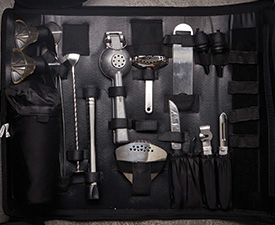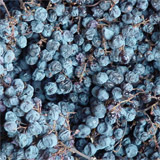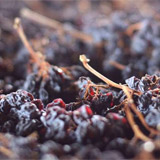Governo is a winemaking technique believed to be invented in Tuscany in the 14th century to help complete fermentation and stabilize wine. The technique involves saving a parcel of harvested grapes and allowing them to partially dry. If fermentation of the main parcel of fruit starts to slow or appears to be nearing a stuck fermentation, the half dried grapes are added to the 'must' which then gives the yeast cells a new source of sugar to liven up the parcel. From there, the 'must' can be fermented dry or stopped with the wine having a higher level of residual sugar. The process was widely used in the Chianti region until the advent of temperature controlled fermentation tanks.
The Governo method is a very traditional, though now little seen or practiced in Tuscan, though particularly traditional in Chianti Classico. Similar to the 'ripasso' method used to produce Amarone; harvested grapes are dried in the warm Tuscan sun for a few weeks. The dried grapes create a luxurious and concentrated juice that adds complexity and richness to the wine. The secondary (malolactic) fermentation that consequently occurs lends a softness to the typically acidic Sangiovese grapes and the drying adds an extra power and flavour profile to the sometimes light Canaiolo grapes. This method was useful in old, cold cellars but also produced softer wines with more alcohol and a richer colour, and sometimes with slight effervescence.
From Tuscany the technique spread to Marche and Umbria where it is sometimes used today. In the Marche region the technique is most often used on wines made from the Verdicchio grape to counteract the grape's natural bitterness and to add some sweetness and frizzante qualities.
The benefits of the 'Governo' technique is that it encourages not only fully completed primary fermentation but can also aid in the developing of malolactic fermentation which can help stabilize the wine. With very acidic grapes like Sangiovese this process will temper some of the harshness and volatility in the wine.











